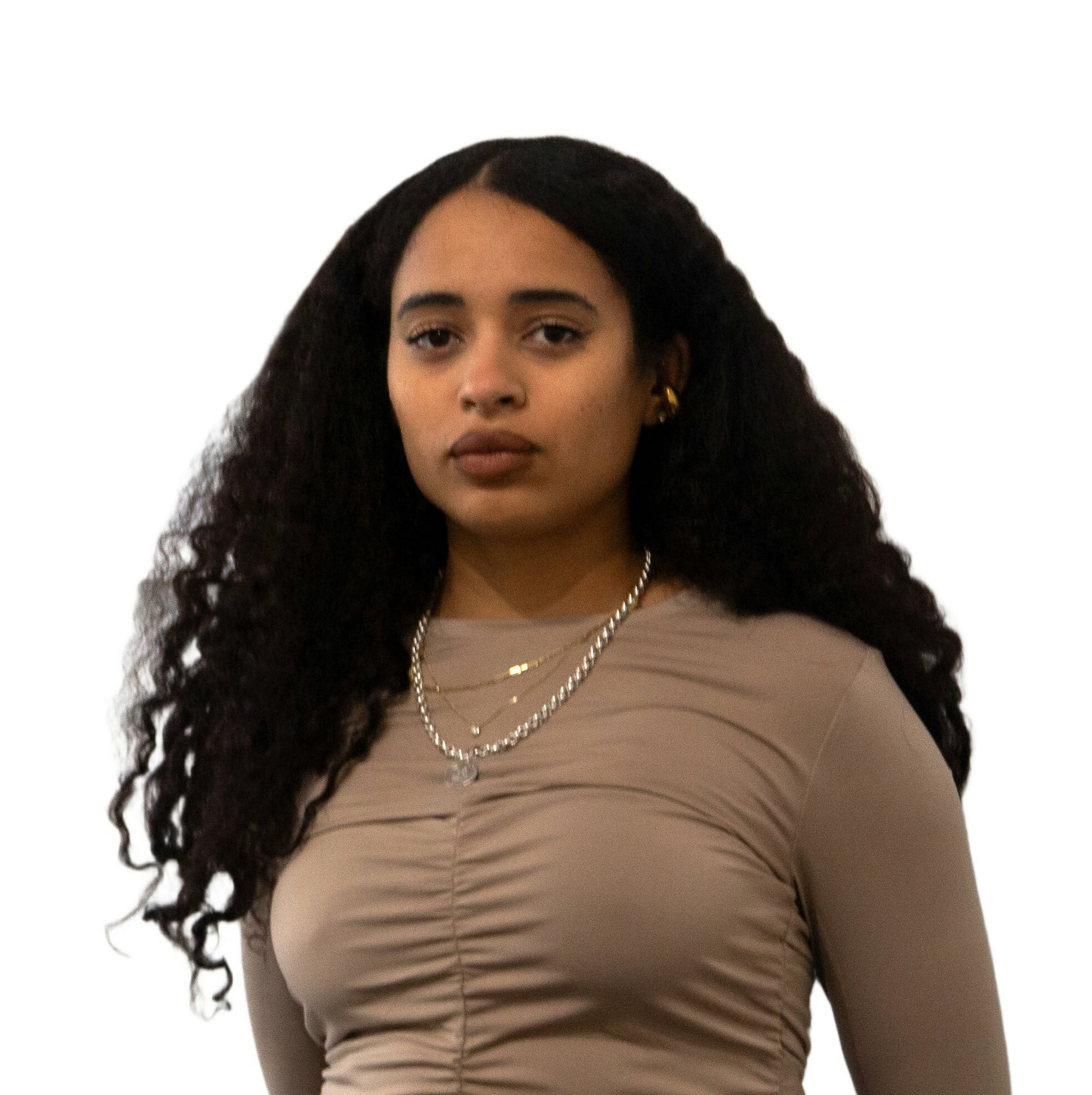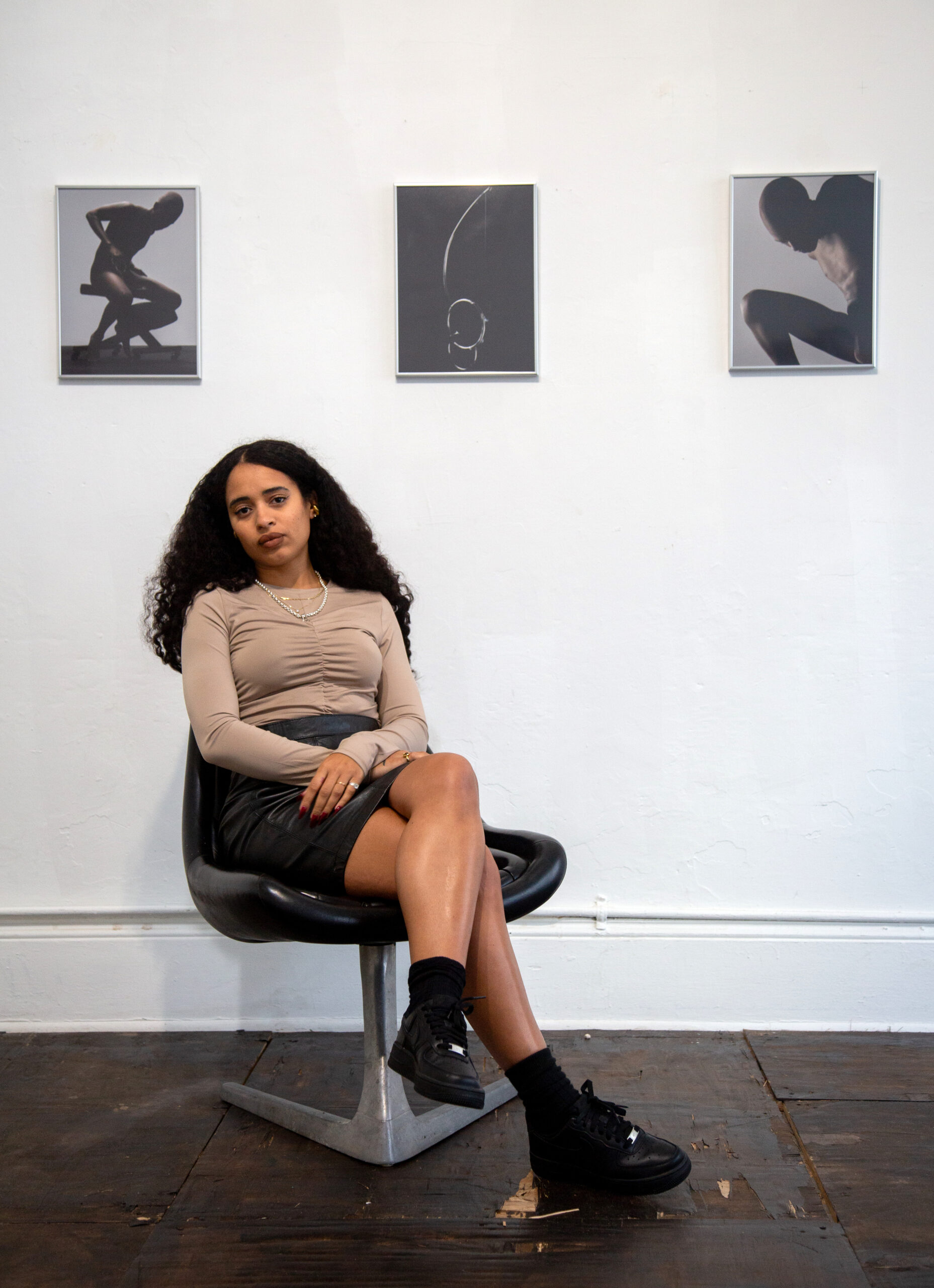5 Questions with Miami-Based Advisor Catherine Camargo
Oct 31, 2025
Miami stands as a dynamic hub for art lovers, collectors, and creators alike. At the heart of this thriving cultural landscape is Catherine Camargo, an esteemed art advisor who agreed to sit down for a chat. She explains how, in this vibrant art scene, understanding the deeper value of art is more important than ever. In this interview, Catherine shares her insights on several compelling topics that every collector and art lover should consider.
Join us as we delve into an enlightening conversation that challenges conventional views on collecting and highlights the rich layers behind every piece of art.
1AN: Having spent years within the Margulies Collection, one of the most respected collections in the U.S., what insights do seasoned collectors have about long-term collection building that often elude newer collectors?
Catherine Camargo: It’s difficult to speak somewhat on behalf of another collector, especially one of Martin Margulies’ caliber, even after years of working closely with him. During my time at his Warehouse in Wynwood, surrounded by artworks that have defined generations of art and taste-making, I was deeply impacted not only by the collection itself but by witnessing how the simplest interactions between colleagues, collaborators, and artists can shape everything you stand for as a collector. The decisions of someone in that position can influence the trajectory of careers and, at times, entire art movements.
Beyond his discerning eye, what always struck me was his consistent presence: giving personal tours of the Warehouse, sharing lunches in our open layout office with artists he has supported for over forty years, and taking the time to explain what first drew him to a work he was considering acquiring. What has kept him so seasoned, I believe, is his lifelong curiosity for art and his genuine care for the relationships he has built with the artists and dealers who helped shape the collection as it stands today.
1AN: Sounds like a sure-fire way to assemble one of the world’s most significant collections of contemporary art! But your curatorial projects often balance minimal aesthetics with subtle political or social subversion. How can collectors identify artworks with significant cultural or conceptual weight, and why does that matter?
Catherine Camargo: I think the best way collectors, whether emerging or wise, can identify artworks with significant cultural and conceptual weight is by reflecting on their initial experience and the emotions evoked when seeing the work for the first time. There is something quite beautiful about the intangible and priceless moment of encountering a work you don’t yet understand but long for whether you long for it because it is beautiful and you want to live beside it, or because you want to hold onto the emotions it stirs in you: confusion, desire, discomfort, awe, or familiarity.
There is, in my opinion, great significance in this initial interaction between the art and the viewer. In my experience, these moments of deep connection rarely occur when encountering visuals that are immediately familiar or easily digestible. The challenge of questioning our own capacity for what is different is important, as it defines us not only in how we respond to art but also in how we engage with others; people, cultures, and beliefs. When art expands our way of seeing, it opens a space for hope and possibility. It softens rigid perceptions, allowing empathy to grow, and reminds us that transformation often begins in the small, visceral moments when we are moved to think and feel differently.
1AN: I love that! Nonetheless, some collections appear impressive but lack a cohesive point of view. From a curatorial perspective, what elevates a group of artworks into a meaningful collection with narrative and intention?
Catherine Camargo: This is often, unfortunately, true which is why I believe that collectors just beginning to dip their toes into buying art should enter the world with as much curiosity and openness as possible. While exploring which works they’d like to own, they should also be investigating themselves, taking the time to notice what they are consistently drawn to whether aesthetically or conceptually, subconscious or intentional. Sometimes, the narrative intention of a collection is found precisely within that personal realization.
If one struggles to find that internal thread, they should make an effort to look outward and speak with artists, gallerists, and advisors. Ask more questions. Have your advisor, gallerist, or friend arrange studio visits with the artists you’re considering collecting. Attend local openings and group shows to see what the contemporaries of the artists you already collect are creating. Visit the humble gallery with no signage on the second floor of an old downtown Miami building (a shameless plug for QUEUE Gallery here) simply because an artist you admire recommended it. Let go of any fear of misunderstanding or not fitting in, this may be the most subjective field in the world. The more a collector develops their own language and learns to articulate their desires when acquiring art, the more intentional and cohesive their collection will become.
Personally, I take note of the collectors who have purchased several works through me, and I find it exciting to watch their eye and language evolve with each acquisition. I often joke with my closest consistent clients about what their collection retrospectives might look like fifty years from now. Will it serve as an archive of the Miami art scene as it exists today, if their current focus remains on emerging local artists? Or will it reflect the vision of someone drawn to a particular medium or philosophy, regardless of an artist’s background? Time will tell but the relationships collectors build within the arts along the way will inevitably shape the evolution of their collections. It’s human nature. That is the only way it should be.
1AN: Agreed! So, with experience spanning exhibitions, collection management, writing, poetry, and sound, is there a tendency among collectors to focus too much on objects rather than sensory, time-based, or conceptual experiences?
Catherine Camargo: This is a question that comes up often between myself and my peers. It’s something I’ve had to confront personally in representing artists like David Correa, whose practice spans endurance-based performances, sculptures and ephemera created from their remnants, and now powerful, visually striking short films. As his gallerist, while the value of his work is clear to me, I’m constantly challenged to determine how to translate these experiences into tangible pieces that collectors and institutions can acquire. It’s difficult to sell a feeling, a reaction, or an experience.
I believe the answer lies somewhere within my previous thoughts, the importance of showing up, participating, and asking questions. Thoughtful words and reviews may hold the power to describe emotion, but nothing compares to witnessing a time-based work in person: standing among your peers in silence and awe as an artist uses their body as a tool within a performance, or sharing the stillness of a dark room as a film unfolds before you. Once you’ve felt the goosebumps of that kind of encounter, it becomes much easier to understand the value of purchasing a film edition or one of the few tangible remnants of a performance. We must keep showing up.
1AN: Speaking of showing up, how about the lack of broad gallery visibility faced by many artists from working-class or Caribbean backgrounds? What might collectors miss both culturally and financially by overlooking artists outside the traditional market system?
Catherine Camargo: The traditional market system needs a reboot. It needs to be dismantled, unlearned, and reconfigured to make room for the artists who have always existed, who have always been working, and who were rarely granted the opportunity to be discovered. And often enough, when they were historically discovered, it came with predatory consequences. Today, with social media, I believe there are very few excuses for gallerists, art fairs, and institutions to continue ignoring the talent that exists within the working-class and Caribbean diaspora.
It is the responsibility of people in positions such as my own, and anyone who holds a similar role, to make sure that artists from non-luxurious beginnings are offered a pedestal to share their work proudly and inclusively, deserving to be there rather than from a place of vulnerability or voyeurism.
There are countless reasons why collectors miss out culturally and financially by overlooking artists who fall outside the margins of the traditional market system. Culturally, collectors have the opportunity to broaden the geographical and historical reach of their collections. Decades from now, it will hold real meaning to say that the provenance of the works you own extends beyond the origin of “safe zones” of artist warehouses filled with assistants in Connecticut or Los Angeles. It will carry weight to say that a piece in your collection was created in a grandmother’s garage in Hialeah, or that its materials were sourced in Haiti, Guadeloupe, or Cuba. This is value. History is valuable, origin is valuable, and neither can be copied nor mass-produced.
Having faith in artists whose backgrounds lack a clearly defined path toward traditional success can be uncertain, even intimidating, for a collector. But it will always reveal the vision, taste, and integrity of the collector who supported the work before it was deemed desirable by market validation. For instance, imagine those who collected Miami’s iconic Purvis Young while he was still occasionally building cardboard cots to sleep on in the corners of Overtown. The pride they must carry now knowing they hold a piece of history within their living room is immeasurable. A work that may have once cost little more than the price of buying Purvis lunch for a week many moons ago has become a testament not only to his genius, but to the foresight and compassion of those who believed in him before the whole city and art world did.
Connect with Catherine here.
Author

Catherine Camargo
Catherine Mary Camargo is a curator, writer, and artist of Haitian and British heritage. She is the founder of QUEUE Gallery x Q Magazine, a gallery and mirrored publication currently based in Downtown Miami. The gallery represents artists who merge minimalism with subversive narratives, while the magazine functions as a rotating archive of contemporary art and...
Recommended Videos
:sharpen(level=1):output(format=jpeg)/wp-content/uploads/2023/07/ASF23-promo-pics-3222.jpg)
Charlie Manzo, Alaina Simone, Muys Snijders, Kyle McGrath, Caren Petersen, Jason Rulnick, Elysian McNiff Koglmeier, Bianca Cutait, Linda Mariano, Jack Mur
:sharpen(level=1):output(format=png)/wp-content/uploads/2016/06/Steven-Schindler-1.png)
:sharpen(level=1):output(format=png)/wp-content/uploads/2016/06/Katherine-Wilson-Milne-1.png)
:sharpen(level=1):output(format=png)/wp-content/uploads/2016/10/Jacqueline-Towers-Perkins.png)
:sharpen(level=1):output(format=png)/wp-content/uploads/2018/10/Roxanne-Cohen.png)
:sharpen(level=1):output(format=png)/wp-content/uploads/2019/07/Alanna-Butera.png)
:sharpen(level=1):output(format=png)/wp-content/uploads/2016/01/Annelien-Bruins-1.png)
Steven R. Schindler, Katherine Wilson-Milne, Jacqueline Towers-Perkins, Roxanne Cohen, Alanna Butera, Annelien Bruins
:sharpen(level=1):output(format=png)/wp-content/uploads/2016/06/Steven-Schindler-1.png)
:sharpen(level=1):output(format=png)/wp-content/uploads/2016/06/Katherine-Wilson-Milne-1.png)
:sharpen(level=1):output(format=png)/wp-content/uploads/2016/10/Jacqueline-Towers-Perkins.png)
:sharpen(level=1):output(format=png)/wp-content/uploads/2016/01/Annelien-Bruins-1.png)
:sharpen(level=1):output(format=png)/wp-content/uploads/2018/05/Mary-Buschman-1.png)
:sharpen(level=1):output(format=jpeg)/wp-content/uploads/2015/12/Heidi-Lee-Komaromi1.jpg)
:sharpen(level=1):output(format=png)/wp-content/uploads/2017/04/Drew-Watson.png)
Steven R. Schindler, Katherine Wilson-Milne, Jacqueline Towers-Perkins, Annelien Bruins, Mary Buschman, Heidi Lee-Komaromi, Drew Watson

:sharpen(level=0):output(format=jpeg)/wp-content/uploads/2025/10/OC1A1144edited1029-scaled-e1761922604727.jpeg)

:sharpen(level=1):output(format=jpeg)/wp-content/uploads/2025/11/kian-lem-s_HqmrMsph8-unsplash-scaled-e1764007192632.jpg)
:sharpen(level=1):output(format=jpeg)/wp-content/uploads/2021/11/5-Things-You-Should-Do-When-Buying-Art.jpg)
:sharpen(level=1):output(format=webp)/wp-content/uploads/2025/11/sebastien-Laboureau-with-art-at-sagamore.jpg.webp)
:sharpen(level=1):output(format=jpeg)/wp-content/uploads/2025/11/Banner-Image.jpg)
:sharpen(level=1):output(format=jpeg)/wp-content/uploads/2025/11/Olga-de-Amaral.jpg)
:sharpen(level=1):output(format=jpeg)/wp-content/uploads/2025/11/F7642843-7A6C-4F72-964E-78BF1B6D4706_1_201_a-scaled.jpg)